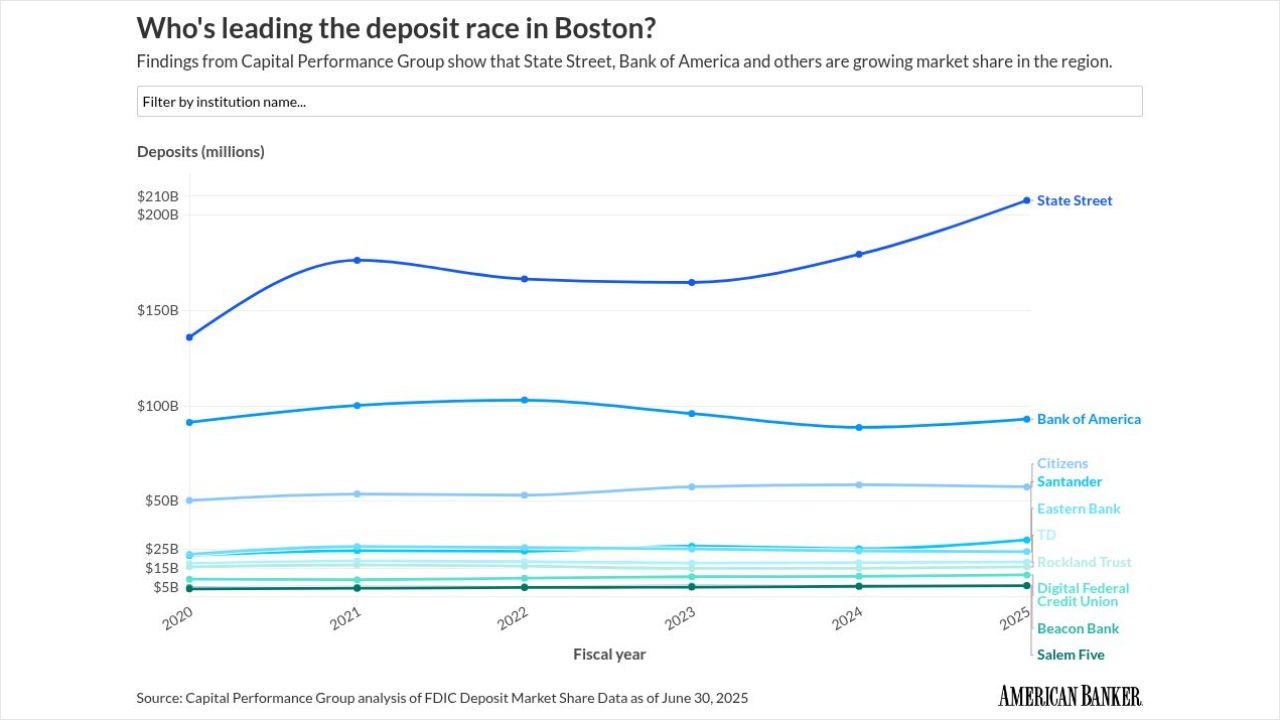Financials for credit unions in the state of Michigan revealed a slowdown in various metrics, according to a new report released by the Michigan Credit Union League on Monday.
Membership at Michigan credit unions edged up 1% in the first quarter of 2019, down slightly from the 1.2% growth witnessed in the first quarter of 2018.
On the whole, credit union membership moved up by 2.6% in the year ending March 2019, with a total of 5.42 million members in the state. More than half of all consumers in the state belong to a credit union.

On an annualized basis, Grand Rapids (6.5%) and Traverse City (5.1%), showed the highest growth in credit union membership. Michigan State University FCU, one of the state's largest credit unions, recently
“Memberships continue to rise and account for well above half of the state’s population,” MCUL president/CEO Dave Adams said in a statement.
Meanwhile, loan portfolios at Michigan credit unions grew by 1.2% in the first quarter of 2019, down from the 1.6% growth recorded in the same quarter of 2018.
Commercial loan portfolios delivered the biggest gains – 5.2% in the first quarter of 2019, compared with 3.3% in first quarter of 2018 — while first mortgages climbed by 2.5 (up from 2.2% in March 2018) and HELOC/second mortgages were up by 2.0% (versus a decline of 0.7 percentage points at the same time last year.
Credit card and unsecured loan volumes continue to be down, with each product showing a drop of 2% for both Q1 2018 and 2019. MCUL said this was typical of a first quarter as credit card members “paid down their holiday spending obligations.”
Delinquency rates at Michigan credit unions fell from 0.68% at the start of the year to 0.55% at the end of March 2019.
Earnings at Michigan credit unions, as measured by annualized ROA (net income as a percentage of average assets) came in at 1.10% in the first quarter of 2019 -- up from 0.76% in the fourth quarter of 2018. MCUL attributed this sequential quarter-to-quarter rise largely to the fact that “net interest margins increased by nearly 20 basis points and operating expenses declined by 14 basis points.”





